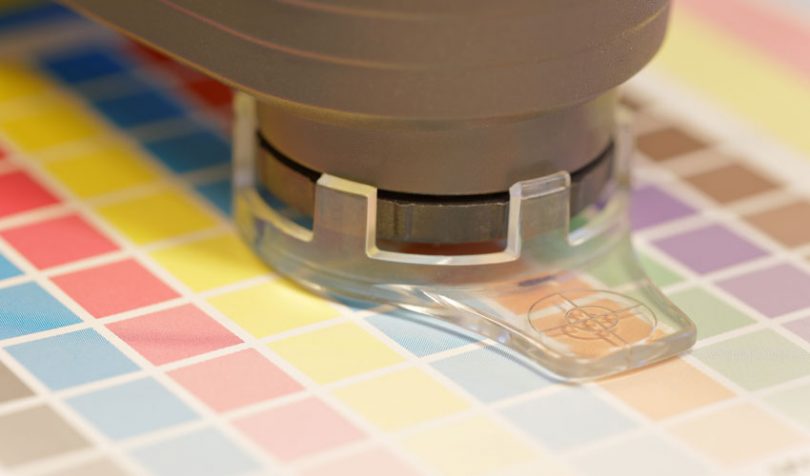For all the hype and hope that blockchain offers, one challenge is linking the physical and digital worlds. You can track diamonds, paintings, or drugs on a blockchain. However, when you receive the product, how do you know it’s authentic? Stickers are not tamperproof. IBM is working on a set of solutions and introduced the Crypto Anchor Verifier.
The product is an AI-enabled scanner that attaches to a mobile phone. Every object has a unique optical pattern or visual fingerprint that is sometimes not obvious to the human eye. Can you see the difference between an organic ear of corn compared to a genetically modified one? Unless you’re an expert, you might not be able to see impurities in a diamond.
One of the first clients to adopt the technology is GIA (Gemological Institute of America) to help them to evaluate and grade diamonds. The non-profit provides detailed diamond reports. It’s the creator of the 4C Diamond Grading System – Cut, Clarity, Color, Carat Weight.
How it works
To examine optical features of a product, often you’d use a light spectrometer, like the one pictured. That’s if you can afford one and it’s rather heavy. Hence the Crypto Anchor Verifier is highly portable and attaches to a phone.
Using machine learning and AI models, the system learns how to recognize particular objects. It masters the characteristics of a substance, liquid or object. These include color, motion, viscosity and hue saturation.
Think about identifying wines, which is one of the applications. They use the color and clarity of the liquid to identify one.
If you’ve worked on a color sensitive project on your computer screen, you’ll know about the pain of color calibration. How do you get your computer color to look like the real thing? Ledger Insights asked whether the Verifier needs careful calibration. Donna Dillenberger, IBM Fellow, at IBM Research said: “this is where the artificial intelligence models we’ve created really helps.”
Commercialization
The product is available today for IBM clients. An organization valuing diamonds could be less sensitive to price. Considering the broad potential usage, including for cost-sensitive areas, Ledger Insights asked IBM about pricing. The response was: “the cost of the Verifier depends on the client’s usage”.
Given the learning process to recognize particular types of products the lack of a fixed price makes sense.
It’s worth noting that the product is not exclusive to IBM’s blockchain.
Dillenberger commented “product types could be alcohol, pharma, minerals, olive oil, honey, etc. Each particular type could be shared more publicly when we have clients willing to issue details.”
Other applications include seed and grain classification (GMO vs. non-GMO), spotting money counterfeits, and analyzing water quality. In medicine, it could be used for detecting cells, DNA sequences, or bacteria.
What’s in a name?
The Crypto Anchor Verifier is an initial tool in a suite of products – crypto anchors – that IBM Research is developing.
The group is working on a number of tamper-proof digital fingerprints. In most cases, a company will embed these fingerprints into a product and link it to a blockchain.
One example is an edible shade of magnetic ink to dye a malaria pill. A consumer can verify the medicine is authentic and safe to consume by using a drop of water to activate the code.
Another is what IBM claims is the world’s smallest computer. It’s smaller than a grain of salt and will cost less than ten cents to manufacture. The plan is to use it to monitor the handling of a product through its supply chain journey.
So the Crypto Anchor Verifier is a crucial tool in this set of products and is used for authenticating.






